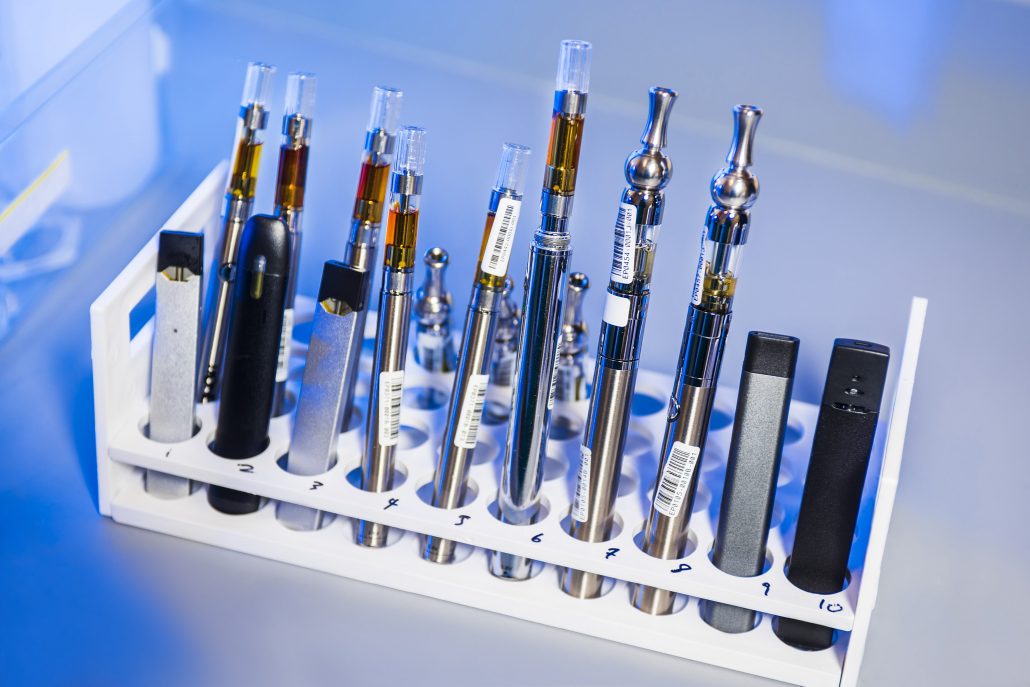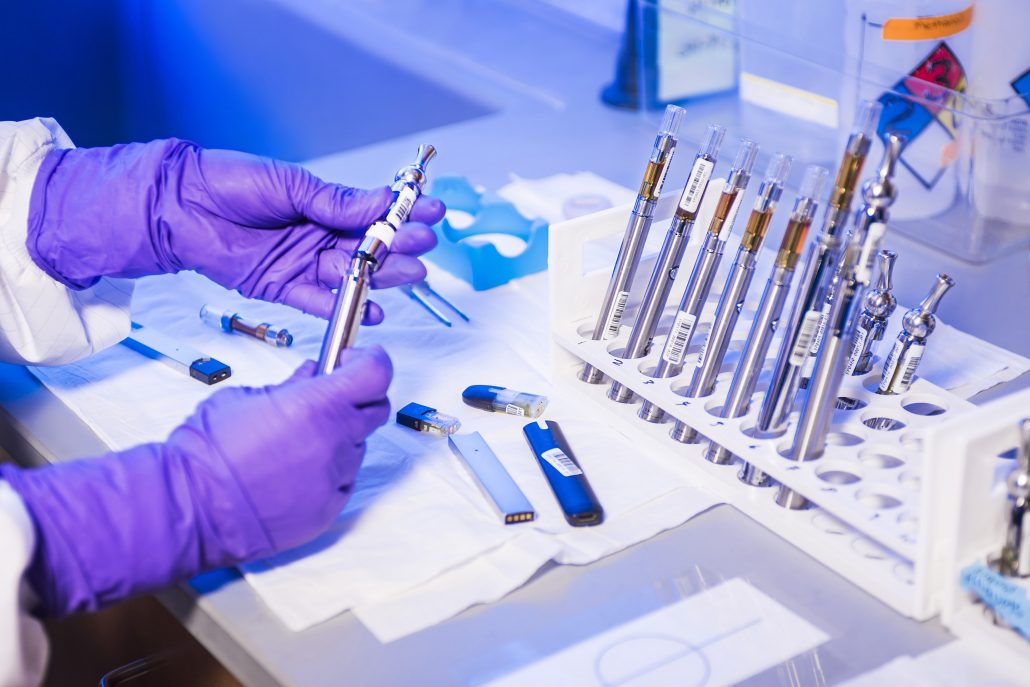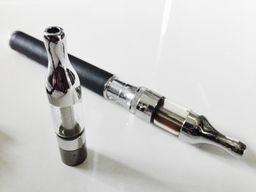The Anatomy of a Vape Pen
Vape pens have completely transformed the way many people use cannabis, as well as other substances such as nicotine and flavored oils, among others.
The fact that they are discreet and handy means that you may get the advantages of cannabis products without having to roll a joint or utilize cumbersome gear.
It is necessary to heat cannabis to 315-465°F in order to activate the cannabinoids (such as CBD and THC) in it. Using vape pens, this may be accomplished extremely fast, with the substance being heated to the proper temperature in many instances almost instantaneously. Furthermore, there is no bother involved. To activate the pen, all you have to do is push a button or, in certain situations, just take a deep breath.

While there are many various kinds of vape pens available, including ones that are designed expressly for dry herbs or waxes, we’ll concentrate on the anatomy of a conventional 510-threaded vape pen that is loaded with cannabis oil for the sake of this article.
A vape pen is made up of the following essential components: a mouthpiece, tank or cartridge, atomizer, and battery.
Mouthpiece
The mouthpiece is, as you would think, the component of the device through which you actually inhale. These are also referred to as “drip tips,” and they are frequently detachable and replaced. They’re normally constructed of glass, silicone, or plastic, and they come in a variety of forms, sizes, and colors to choose from.
Tank or cartridge
In this chamber, the cannabis oil is kept in a sealed container. Although the words “tank” and “cartridge” are sometimes used interchangeably, a cartridge is typically referred to as a pre-filled vessel, whereas a tank is a chamber that may be filled with oil from a jar or a cartridge.
It should be possible to see how much product you need to add if you’re using a refillable tank since it should have a fill level line.
Atomizer
The atomizer is where the magic occurs since it is here that the oil is heated to the proper temperature. This component consists of a heating element that is enclosed in a steel or ceramic enclosure. The element heats the cannabis oil, causing it to condense into tiny vapor droplets that can be inhaled.
Different varieties of atomizers are available, with the most popular being cotton wick, quartz, and ceramic atomizers, among others.
During the manufacturing of a cotton wick atomizer, the wire coil is wrapped around a little cotton wick. The oil is soaked into the wick, which is then heated by the element to provide heat. The problem with utilizing this style of atomizer is that it is easy to burn the wick, particularly when using more viscous oils or higher voltages, which may be dangerous. Burning produces an unpleasant taste and necessitates the replacement of the heating coil.
Ceramic coils, which are becoming more popular in cannabis oil vape pens, are made out of a wire that is wound around a tiny ceramic cylinder. These coils are capable of operating at greater voltages than cotton wick coils and have excellent heat retention.
Quartz coils, which are very prevalent in current vape pens, heat up extremely rapidly. They do not, however, maintain heat as effectively as ceramic coils in the same volume.
Battery
The battery must provide a significant quantity of power in order for the heater to rapidly attain a high temperature. Vape pens are commonly powered by lithium-ion batteries, which are rechargeable in nature. These batteries are comparable to those used in smartphones and electric vehicles.
A variety of voltage levels are available on certain batteries, allowing you to regulate the temperature of the heating coil.
In addition to the regular 510 vape pen, a threaded charger that screws into the battery end of the pen is included as well. The charger will often feature a USB port that may be connected to the wall through a charging block, or to a computer or other device via a USB cable or connector.







